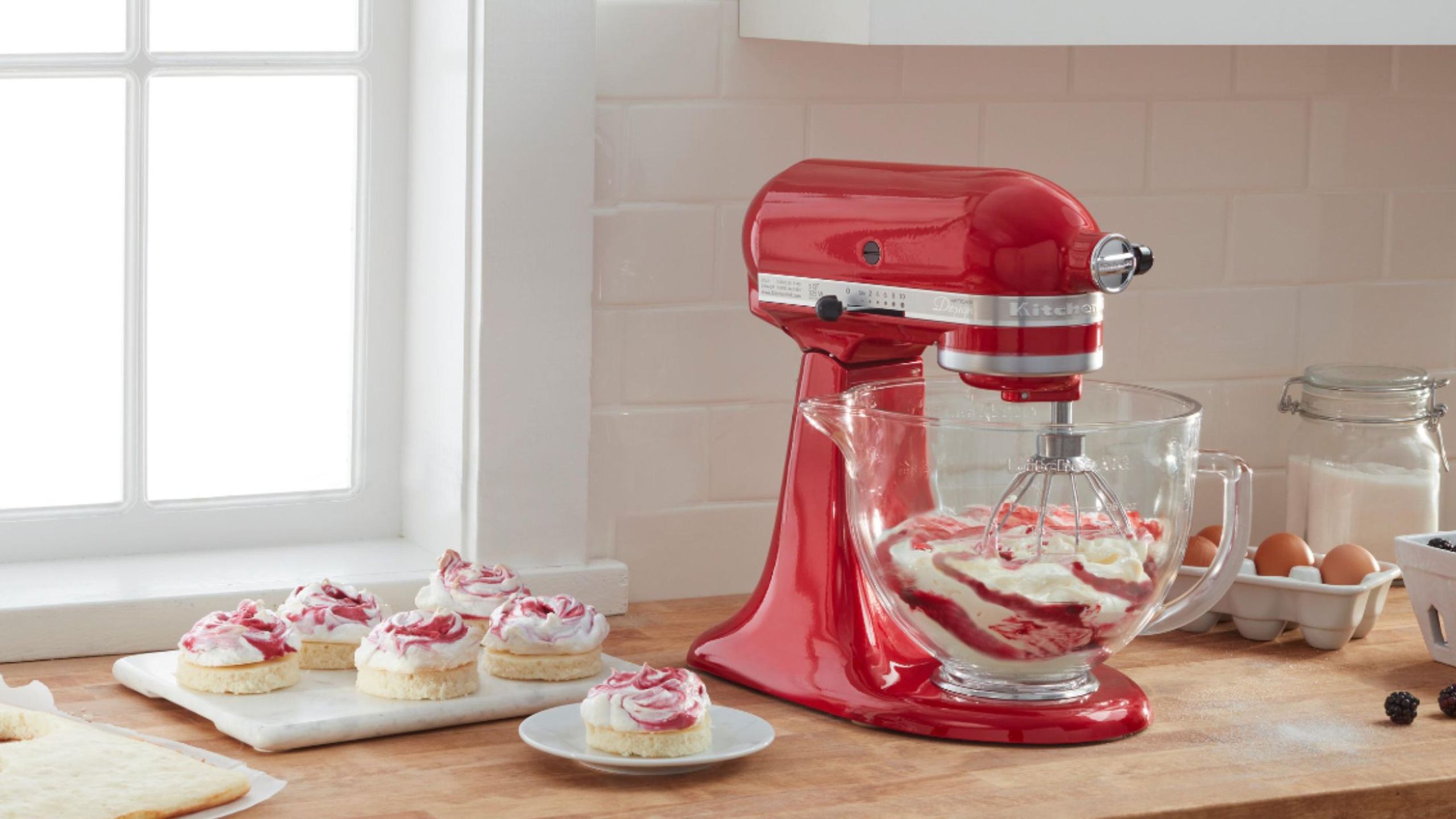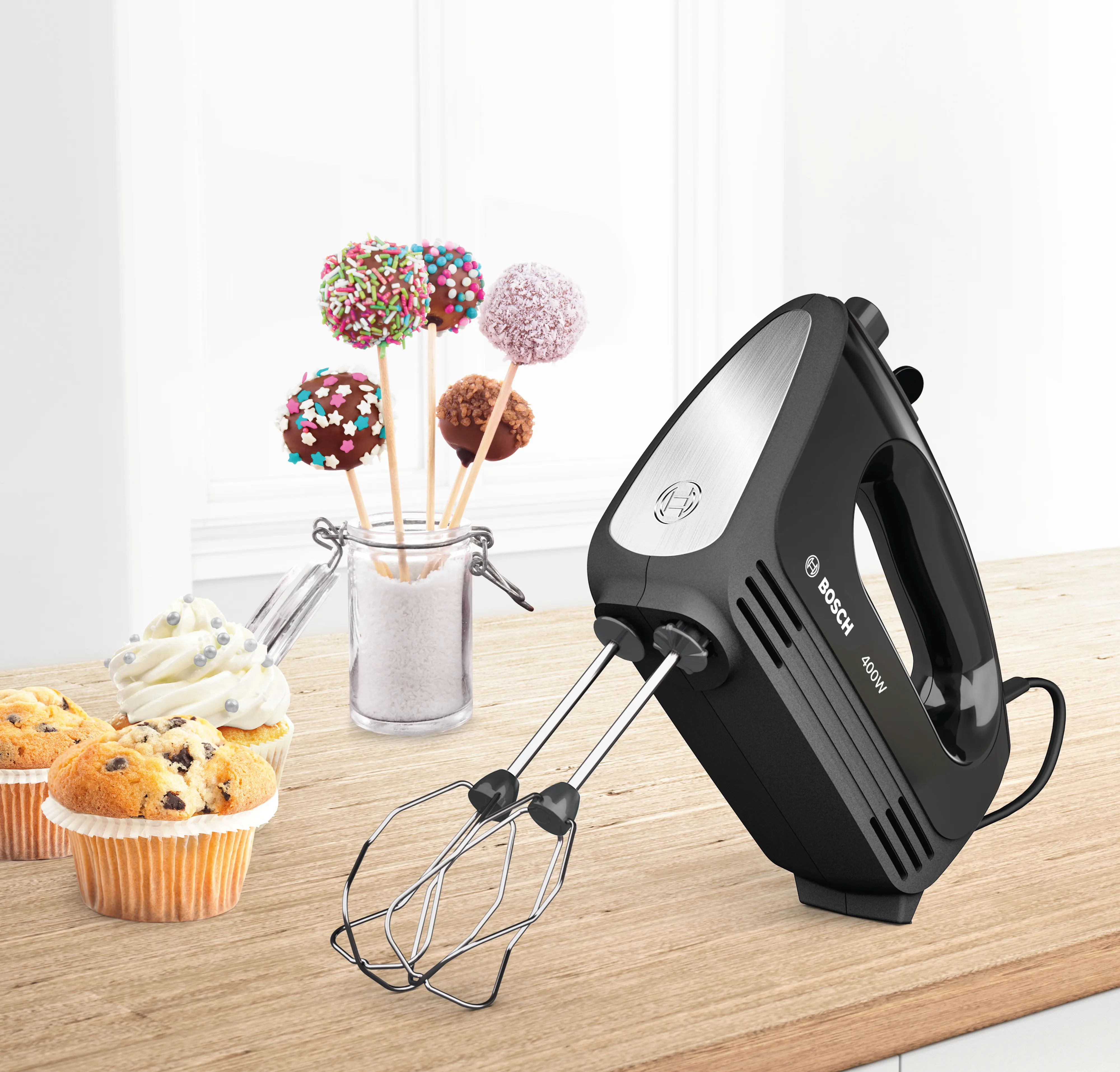Ever been there? You’re halfway through whipping up a perfect meringue for a pavlova, or maybe you’re just creaming butter and sugar for a batch of your famous chocolate chip cookies. Suddenly, your trusty hand mixer sputters, a beater flies out, or it just gives up the ghost entirely. It’s a frustrating moment that can bring your baking ambitions to a screeching halt. As someone who has spent countless hours in the kitchen, I’ve seen and fixed my fair share of Common Hand Mixer Problems. The good news is, many of these issues are surprisingly easy to diagnose and fix right at home.
Before you toss that mixer in the bin and reach for a whisk, let’s walk through some of the most frequent hiccups these kitchen workhorses face. We’ll not only troubleshoot the issues but also explore how choosing the right mixer and using it properly can prevent these headaches from ever happening in the first place. Think of me as your personal kitchen gadget mechanic, here to get you back to baking bliss.
What Are the Most Common Hand Mixer Problems and How Do I Fix Them?
When your mixer acts up, it usually falls into one of a few categories. Let’s break down the symptoms, the likely culprits, and the solutions to get you mixing again.
The Runaway Beater: Why Won’t My Beaters Stay In?
This is easily one of the most frustrating common hand mixer problems. You click the beaters in, start mixing, and one or both of them wobble and fall out into your batter.
The most common cause is a worn-out ejector mechanism or damaged beater stems. The little collar at the top of the beater stem is designed to lock into a clip inside the mixer. Over time, either the collar can get bent or the internal clip can lose its tension.
- The Quick Fix: First, inspect the beaters themselves. Are the stems bent? Is the little ring or collar at the top damaged? If so, replacing the beaters is a cheap and easy fix. Make sure you’re inserting the correct beater into the correct slot—some mixers have a designated beater with a small collar that must go into a specific side.
- The Deeper Issue: If new beaters don’t solve it, the problem is likely the internal ejector mechanism. For most inexpensive models, a repair isn’t cost-effective. It might be time to consider an upgrade.

Is It Supposed to Smell Like That? The Overheating Mixer
Your hand mixer should never smell like burning plastic or hot metal. If you notice a strange smell or the casing feels excessively hot to the touch, stop using it immediately.
An overheating mixer is a classic sign that the motor is being overworked. This can happen for several reasons: you’re mixing a dough that’s too thick and heavy for the motor’s power, you’ve been running the mixer continuously for too long without a break, or the air vents are clogged with flour dust, preventing the motor from cooling itself.
- Stop and Unplug: The first step is always to stop and disconnect the power.
- Check the Vents: Take a look at the air vents on the mixer’s body. Are they clogged with flour or other debris? Use a dry brush (like an old toothbrush) or a can of compressed air to clean them out thoroughly.
- Assess Your Dough: Were you trying to knead heavy bread dough? Most hand mixers are designed for lighter tasks like batters, frostings, and whipping cream. For heavy doughs, you really need the power of a stand mixer.
- Give It a Break: Hand mixers aren’t meant for marathon sessions. If you’re making a large batch of something, give the mixer a rest every few minutes to allow the motor to cool down.
“A common mistake I see is people treating their hand mixer like a stand mixer,” notes professional pastry chef Amelia Evans. “They’re fantastic tools, but they have their limits. Forcing a small motor to do the work of a heavy-duty one is the fastest way to burn it out.”
The Mixer Has Lost Its Mojo: Inconsistent Speed or Lack of Power
Does your mixer sound weak, or does the speed fluctuate wildly even on a steady setting? This is another of the common hand mixer problems that can point to a few different things.
It could be a sign of motor wear and tear, especially in an older or heavily used model. The internal carbon brushes that conduct electricity to the motor can wear down over time, leading to poor performance. In some cases, it might also be a faulty speed control switch.
- Simple Solution: Before assuming the worst, make sure the issue isn’t your outlet. Try plugging it into a different socket to rule out an electrical supply problem.
- The Reality Check: For most users, replacing motor brushes or a speed switch is not a simple DIY job. If the mixer is old and was inexpensive to begin with, the most practical solution is to replace it. When you do, look for a model with a more powerful DC motor, which often provides more consistent torque and a longer lifespan. You can learn more in our Ultimate Guide to Choosing a Hand Mixer.
Choosing the Right Hand Mixer to Avoid Future Headaches
As they say, an ounce of prevention is worth a pound of cure. Many common hand mixer problems can be avoided simply by choosing a quality machine that suits your baking style from the get-go.
How Much Power Do I Really Need?
Power, measured in watts, is a key factor. While a higher wattage doesn’t always mean better performance, it’s a good general indicator.
- Light Use (200-250 Watts): Perfect for whipping egg whites, making frosting, and mixing thin cake batters.
- Regular Use (250-350 Watts): A great all-around choice. These mixers can handle thicker cookie doughs and batters without struggling.
- Heavy-Duty Use (350+ Watts): If you frequently make dense batters or large batches, a more powerful motor will be more durable and less likely to overheat.
Why Are Speed Settings So Important?
Look for a mixer with at least 5 speed settings, and most importantly, a slow-start feature. This is a game-changer! A slow first speed prevents ingredients like powdered sugar and flour from flying out of the bowl and coating your entire kitchen. It’s the number one feature for keeping your workspace clean and less stressful.
What About the Attachments?
Don’t overlook the beaters! Flimsy, thin wire beaters can bend or break easily when tackling cookie dough. Look for sturdy, stainless steel attachments. Many mixers also come with dough hooks and a whisk attachment. While dough hooks on a hand mixer are only suitable for very light, soft doughs, a whisk attachment is fantastic for aerating cream and egg whites.
Mastering Your Hand Mixer: Tips for Peak Performance
Even the best mixer can run into trouble if not used correctly. Following a few simple best practices will extend its life and improve your baking results.
- Start Low, Go Slow: Always begin mixing on the lowest speed setting to combine ingredients before ramping up the speed.
- Use the Right Bowl: A deep, high-sided bowl is your best friend. It contains splatters and allows you to move the mixer around freely.
- Keep it Moving: Don’t just hold the mixer in one spot. Move it around the bowl to ensure all ingredients are evenly incorporated.
- Soften Your Butter: Trying to cream cold, hard butter straight from the fridge puts immense strain on the motor. Let it soften at room temperature for about 30-60 minutes first.
- Know Its Limits: As mentioned, avoid using your hand mixer for thick bread doughs. It’s a recipe for one of those common hand mixer problems we discussed earlier—overheating.

Is a Hand Mixer Always the Right Tool for the Job?
Understanding when to use your hand mixer versus another tool is key to both its longevity and your success in the kitchen.
Hand Mixer vs. Stand Mixer
A hand mixer’s main advantages are its portability, small storage footprint, and lower cost. It’s perfect for quick tasks and smaller batches. A stand mixer, on the other hand, is a powerhouse. It’s hands-free, can handle large, heavy batches (like bread dough or a double batch of cookies) with ease, and offers more consistent mixing. If you bake multiple times a week or work with stiff doughs, a stand mixer is a worthy investment. Check out our detailed Hand Mixer vs. Stand Mixer Showdown for more.
Hand Mixer vs. A Good Old-Fashioned Whisk
For delicate tasks like gently folding in egg whites or whisking a small amount of vinaigrette, a manual whisk gives you the ultimate control. A hand mixer can easily over-mix delicate ingredients. But for tasks requiring sustained power and aeration—like whipping cream to stiff peaks or creaming butter and sugar for several minutes—a hand mixer will save your arm and do a much more efficient job.
Frequently Asked Questions (FAQ)
Q1: Why is my hand mixer getting so hot?
A: Your hand mixer is likely getting hot because the motor is being overworked. This can be caused by mixing a dough that is too thick, running it for too long without a break, or having clogged air vents that prevent proper cooling.
Q2: Can I use my hand mixer for bread dough?
A: It is generally not recommended. Most hand mixers, even those with dough hooks, lack the motor power and stability to properly knead heavy bread dough. Doing so can cause the motor to overheat and burn out, leading to one of the most serious common hand mixer problems.
Q3: My hand mixer’s eject button is stuck. What should I do?
A: First, ensure the mixer is unplugged. A stuck eject button is often caused by dried batter or dough clogging the mechanism. Try to gently clean around the button and the beater sockets. If it’s still stuck, the internal spring may be broken, which might require professional repair or replacement.
Q4: How do I clean my hand mixer beaters?
A: The best way is to eject them and wash them immediately after use, before the batter dries. Most stainless steel beaters are dishwasher-safe (check your manual), but a quick wash with hot, soapy water is usually sufficient. Never immerse the body of the mixer in water.
Q5: Is a more expensive hand mixer worth it?
A: Often, yes. More expensive models typically offer more powerful and durable DC motors, better build quality, a true slow-start feature, and higher-quality stainless steel attachments. This investment can help you avoid many of the common hand mixer problems associated with cheaper models.
Conclusion: Your Partner in the Kitchen
A reliable hand mixer is an indispensable tool for any home baker. While running into common hand mixer problems can be a real pain, understanding the causes makes them far less intimidating. By choosing a quality model that fits your needs, using it correctly, and performing basic maintenance, you can ensure your mixer remains a faithful partner in your culinary adventures for years to come. Don’t let a minor glitch derail your passion. Now, go forth and bake with confidence! We’d love to hear about your own experiences—share your favorite hand mixer tip or a problem you’ve solved in the comments below.
